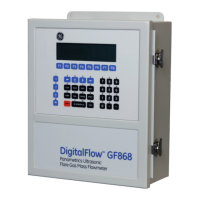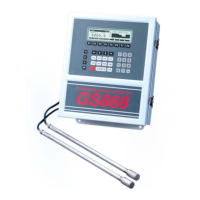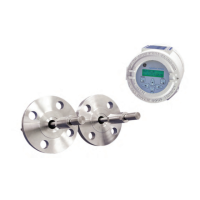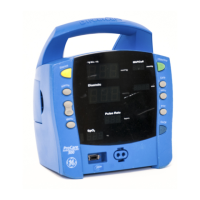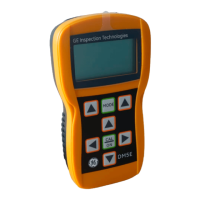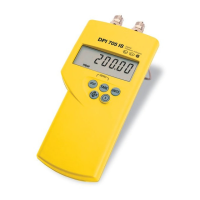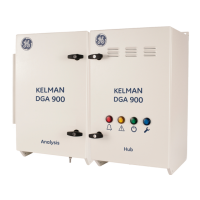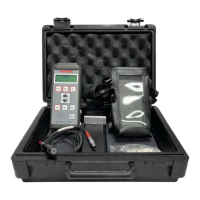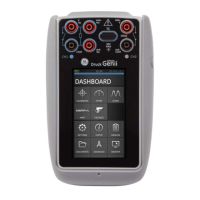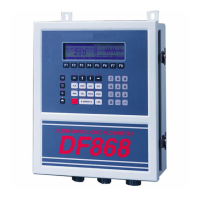
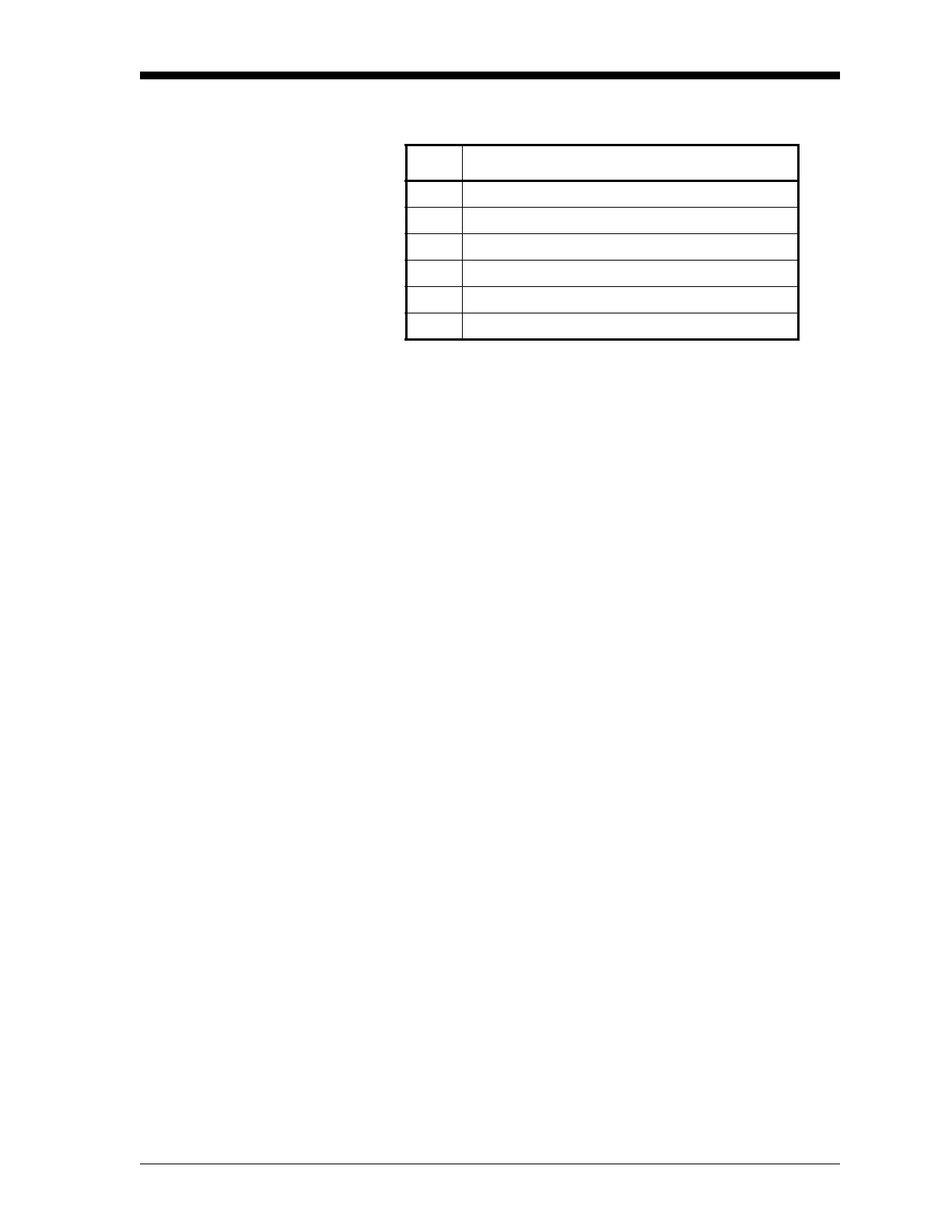 Loading...
Loading...
Do you have a question about the GE DigitalFlow DF868 and is the answer not in the manual?
| Brand | GE |
|---|---|
| Model | DigitalFlow DF868 |
| Category | Measuring Instruments |
| Language | English |
Steps to access and navigate the device's programming mode.
Procedures for configuring parameters unique to each measurement channel.
Configuration of system-wide parameters applicable to all channels.
Guidance on storing the current configuration settings as a site file.
Instructions on how to retrieve and activate previously saved site configuration data.
Guidance on graphically displaying various transducer signals against time.
Steps to create and configure standard data logging files with parameters.
Instructions on how to terminate an active data logging process.
Guidance on creating log files specifically for recording error conditions.
Steps for connecting and configuring a printer for use with the device.
Procedure to reset totalized measurement values and the stopwatch.
Instructions for removing saved site parameter files from memory.
Details on wiring the RS232 serial interface for PC connectivity.
Instructions for establishing an Ethernet connection for network communication.
Template for recording initial device setup parameters during installation.
Guidance on editing device properties like clock and signals using PanaView.
Instructions for changing device settings remotely using the PanaView software.
Procedure for selecting specific measurements for Analog Input (AI) blocks.
